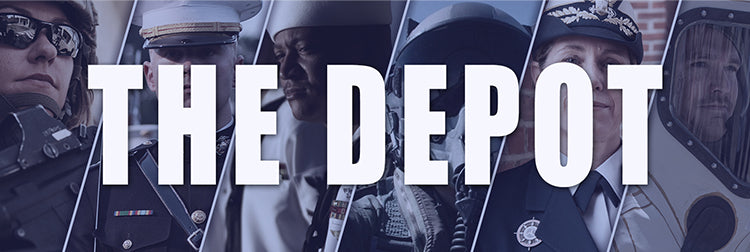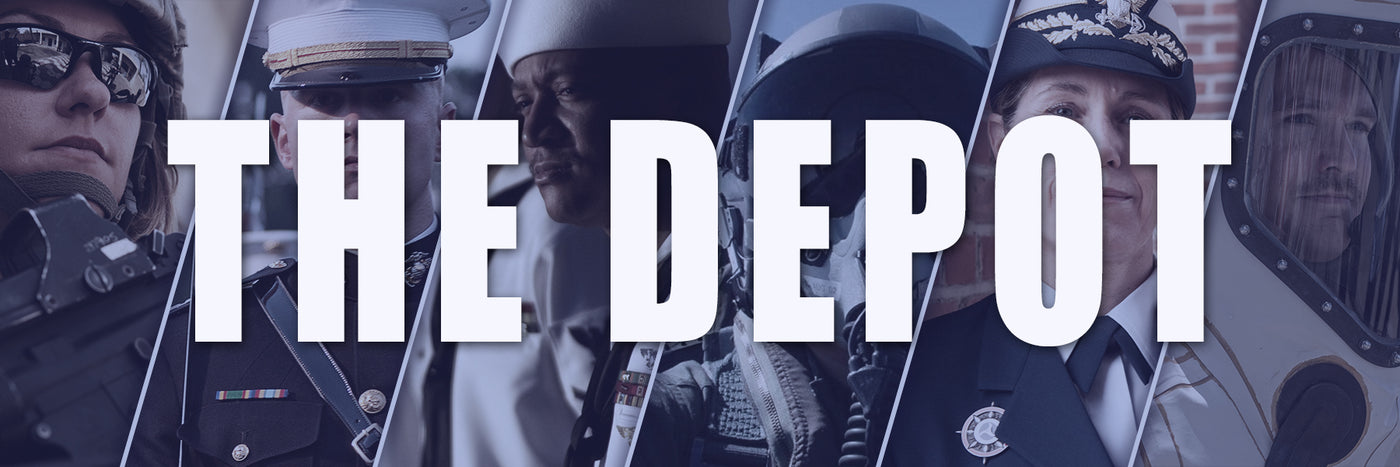
How To Become A Navy Pilot: Ultimate Guide
If the roar of engines and the freedom of the open sky beckon you, then navigating the process of becoming a Navy pilot should be your compass. This blog is your flight...
Blog Staff |
ARMED FORCES SUPER STORE 1-877-653-9577 | 8 - 7 CST MON-FRI



If the roar of engines and the freedom of the open sky beckon you, then navigating the process of becoming a Navy pilot should be your compass. This blog is your flight...
Blog Staff |